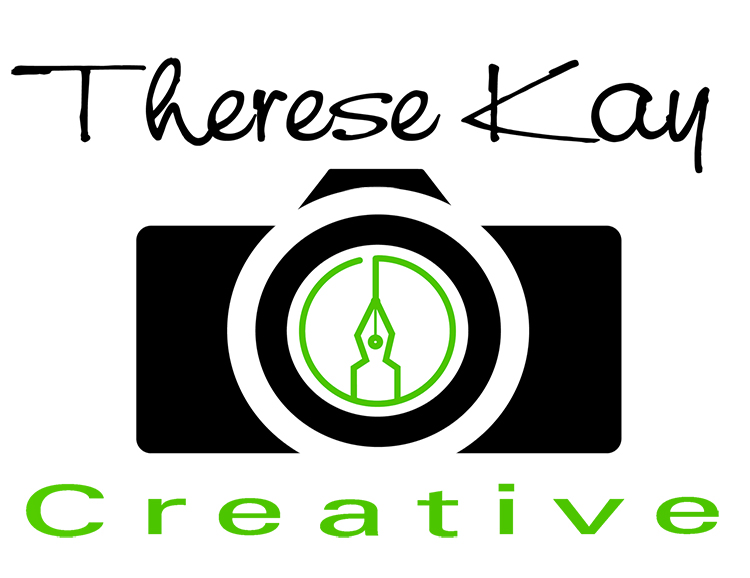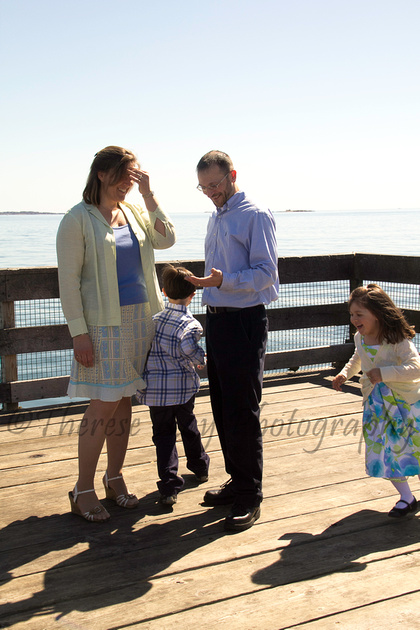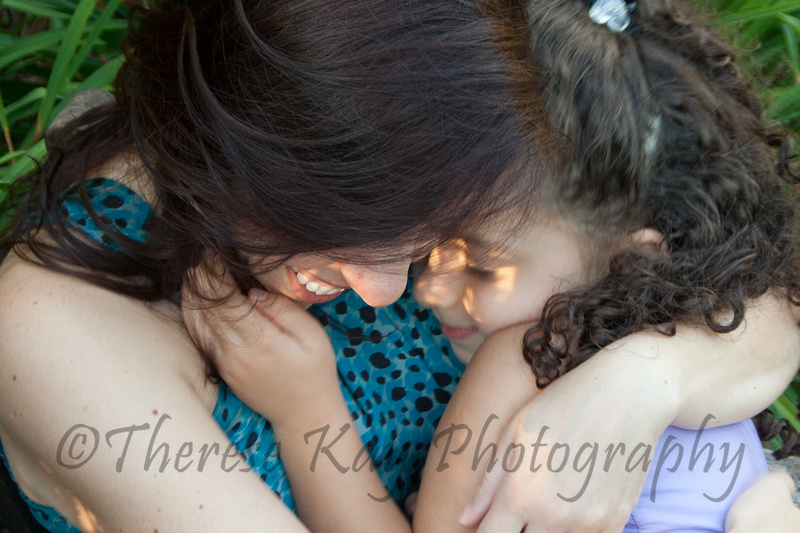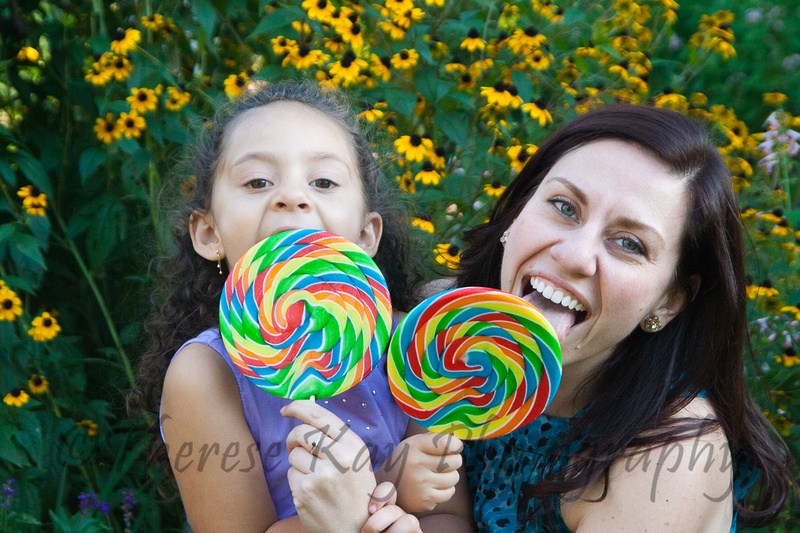Photo Friday: Photographing an Autistic Child
April is Autism Awareness Month and yesterday, April 2nd, was World Autism Awareness Day. I think it’s a very important to address the needs of both family members of autistic children and professional photographers in the position of photographing a family with an autistic child.
I’ll be honest… I haven’t done this myself…yet. The example photos I chose to include in this post are not of autistic children, but rather to illustrate the point being made.
First and foremost, it is essential to understand some of the unique challenges that a child with autism faces.
Since I do not have personal experience yet, I will provide you with lots of links at the end of this post to people who do so that you can learn from them.
Unique Challenges
First, let me state the obvious. There is a reason it is called Autism Spectrum Disorder. Every child is different with different challenges, different needs, different personalities. Interesting, sounds just like everyone else in the world, doesn’t it? Challenges can range from severe to mild. What works perfectly in one situation won’t be the answer in the next situation. Again, sound familiar?
The most important thing to do, if you are not the parent themselves, is to communicate with the parents! And listen!! That, along with patience and empathy, will be the most important tool in your toolbox besides your actual camera!
Onto the unique challenges. These are some broad, general challenges that you might encounter and need to keep in mind. Just remember the first two paragraphs above!
-
Engaging with a child with autism can be challenging. Social cues and new situations are not their strength.
-
Eye contact may be difficult to obtain. Don’t force it. Saying “Look at the camera” will be frustrating for everyone involved.
-
New situations and changes in routine can be very upsetting to a child with autism. Make sure the child is well prepped ahead of time about what to expect. Talk about what happens in a photo session several times with the child. Obviously, if you are not the parent, be sure to tell the parent how you typically conduct your photo sessions so they can prepare their child.
-
Comfort and familiarity are very important to an autistic child. Choose a location that has some element of comfort and familiarity. This may be the child’s home, a place the child frequents, or someplace that has a strong interest for them.
-
Fears and sensitivities can be heightened for a child with autism. It is extremely important to be aware of this and to minimize anything that might stress the child. Sounds, lights, sudden movements can all be scary. Again, this is where a lot of careful communication is essential.
Other Considerations
-
Allow for extra time. It may take more time to build comfort and trust in this situation. It may also take more time to get the shots you want.
-
Don’t force the situation. Be patient and follow the child’s lead. Allow the family to interact naturally playing, hugging, singing, or whatever. Capture them as they are! A successful photo does not need to be posed or even include eye contact to capture the nature and essence of a family. (Note: These images are of non-autistic families that serve as examples to illustrate the point.)
-
Be calm and speak softly. This will go a long way in building that comfort and trust.
-
Use a long lens and stand back. Allowing lots of space to the family will help. As comfort and trust build, you can switch to a shorter lens and move in closer.
-
Rewards can be a life saver! Use liberally – with the parent’s permission, of course!
-
Incorporate what the child loves. Most children with autism are passionate about something. Use this knowledge for props, attention-getters, location choice, conversation, and assisting with eye-contact. If the child is passionate about trains, have a little train in your pocket that you can pull out and hold up next to the camera. Talk about trains. Choose a location where trains might be featured – railroad crossing? train tracks? Old abandoned train? You get the idea! (Note: This image is of non-autistic family that serves as example to illustrate the point.)
-
Plan the timing of the photo shoot around the child’s happy hour. Most children have a time during which they are at their best. Plan the shoot around that time.
-
Engage the rest of the family’s help. Tell the family that you are relying on them to help you.
-
Be willing to overshoot. You will need to take a lot more shots than usual to get the shots that you need.
-
Don’t be afraid to use Photoshop later to combine portions of images to create the one you need. Things may get chaotic but know that “head swapping” in Photoshop may mean you get the right expressions on everyone’s faces in the same image! This knowledge will allow you to relax and that may mean, you just might get the image you need without the use of Photoshop!
Hiring a Photographer
The kind of photographer you are going to want and need is one who engages in “lifestyle photography.” These photographers tend to capture families as they are and interacting naturally. They may set a scene but then let it unfold as it does with little direction capturing images along the way.
Take a good look at the photographer’s other work. If most of the images look posed, they may or may not be for you. But don’t just look at examples from one photo shoot. Look at examples for several. Every shoot is different and clients often want very specific things. If you see variety, that’s a clear indication that the photographer listens to the client and what their needs are.
Be sure to communicate with the photographer before hand. If you feel the photographer is not listening to you, that’s probably a clear sign that this isn’t going to go well. You need someone who is patient, empathetic, a very good listener, and not too controlling.
If your child has severe sensory issues, you may deem it necessary to hear the photographer’s voice and see what they look like. It’s your child and your child’s needs. Don’t be afraid to explain this. Once again, if the photographer is not understanding of this potential issue, it may be a sign that this is not the photographer for you.
Budget
Yep, I’m very familiar with budgetary needs. And, a family with an autistic child is probably already spending a lot of extra resources on other things the child needs.
If budget dictates that a chain studio is necessary, think about the following:
-
Request that they do not use flash, but use steady lights
-
Make several field trips beforehand so that the child can see and become familiar with the situation and what happens during a photoshoot.
-
Communicate with the studio before booking the shoot. Just like there are many different photographers to choose from, there are also different studio chains with different types of policies. Be sure that the store’s policies match your needs.
-
See if you can speak directly with the photographer who will be conducting your session to communicate some of your child’s needs. They will NOT be able to have as much flexibility as a non-chain studio because they need to adhere to their policies, but a little understanding can go a long way.
And, here is something really, really cool that makes my heart smile! Special Kids Photography has a grant available to make it possible for you to get those special photos you are looking for. How cool is that? Here is the link to find out more information. The grant helps pay for a session with an SKP trained photographer and one 8×10 or smaller print. Details are listed on the application form. http://www.specialkidsphotography.com/content.php?pg=Smiles%20Photo%20Grants
Helpful Links
As noted above, I do not have direct experience myself with photographing children with autism, though I have worked with them some in my experience as an educator. That said, here are some links to photographers who have had experience, many who have autistic children themselves. They share lots of tips you may find useful and you can see for yourself that it is possible indeed to have a beautiful image of your family!
Book Recommendation
Disclosure: I have not read or even seen this book myself, however, it is purported to have an entire chapter on photographing your child with special needs. Your Child in Pictures: The Parents’ Guide to Photographing Your Toddler and Child from Age One to Ten by Me Ra Koh.
I’d love to hear what tips or experiences you have to share in the comments below. Do you know a family or photographer that can benefit from these tips? Please share!




